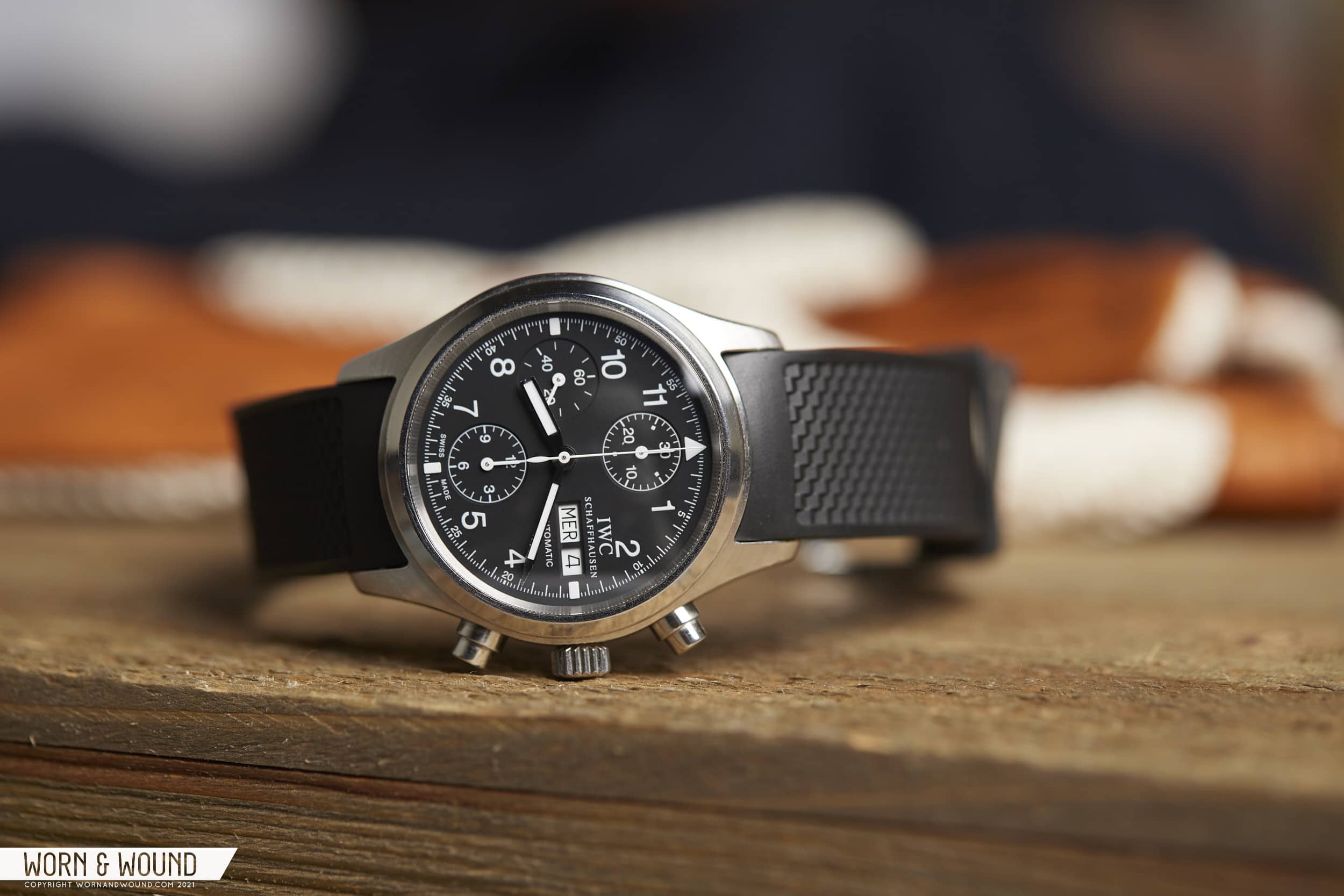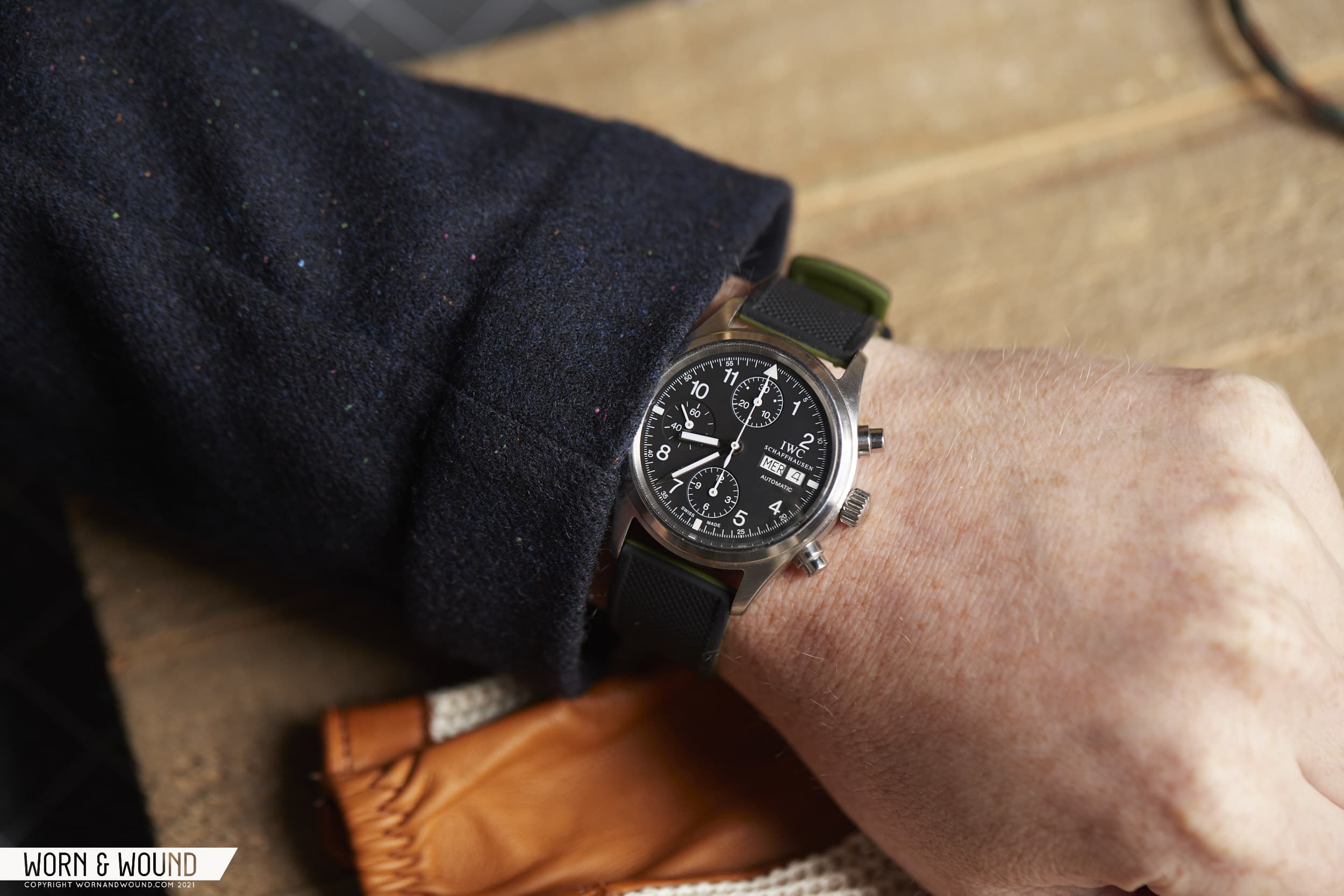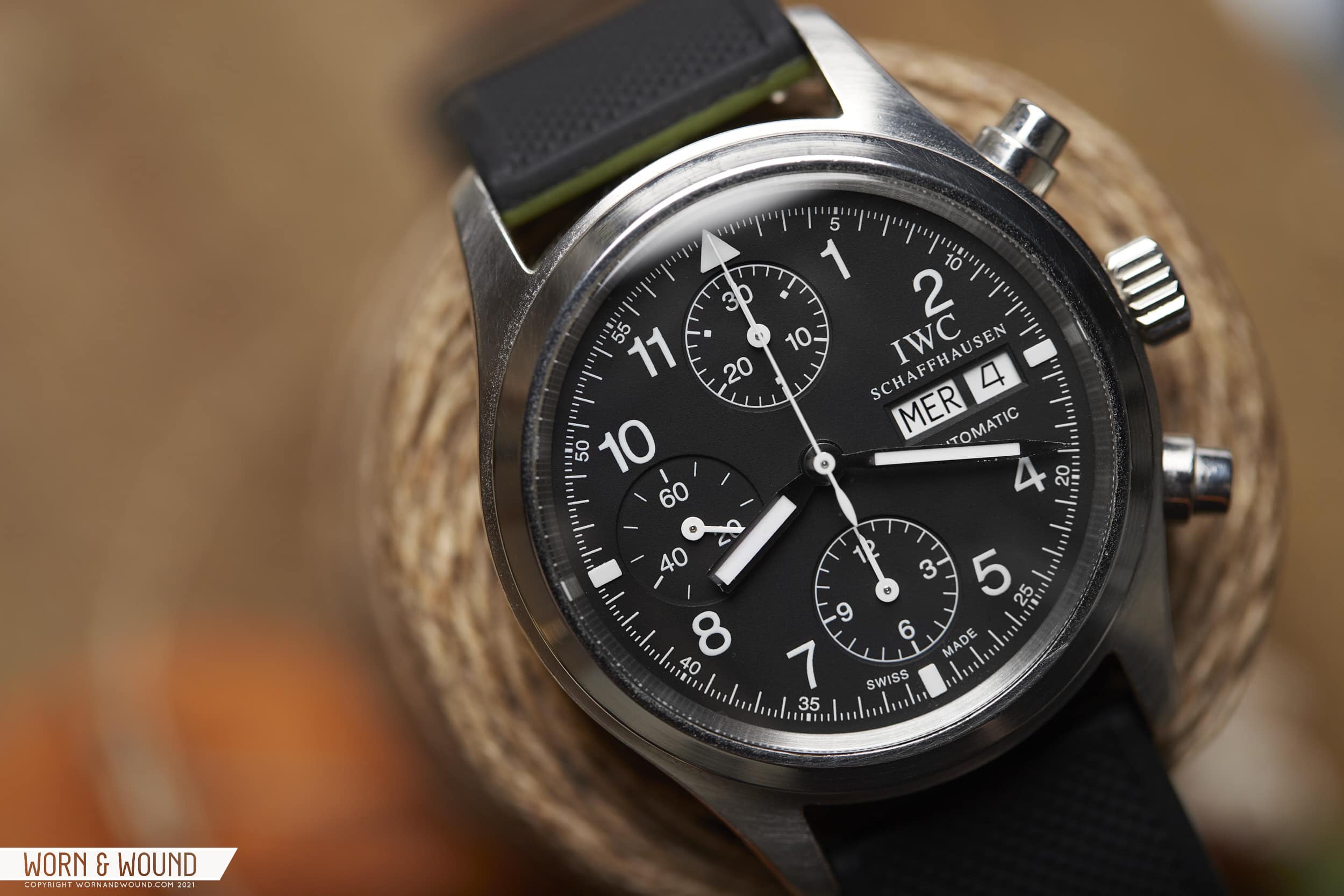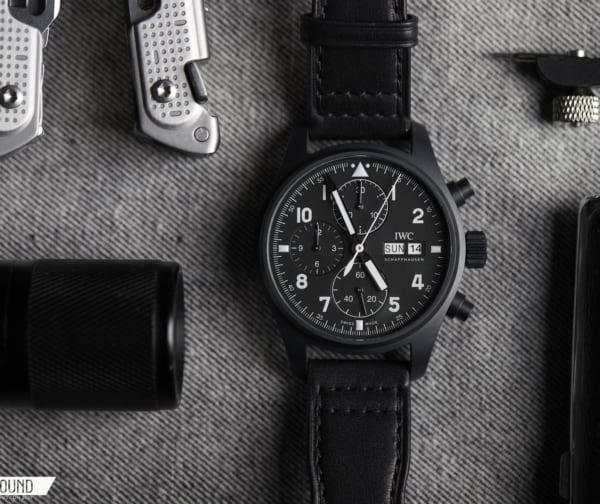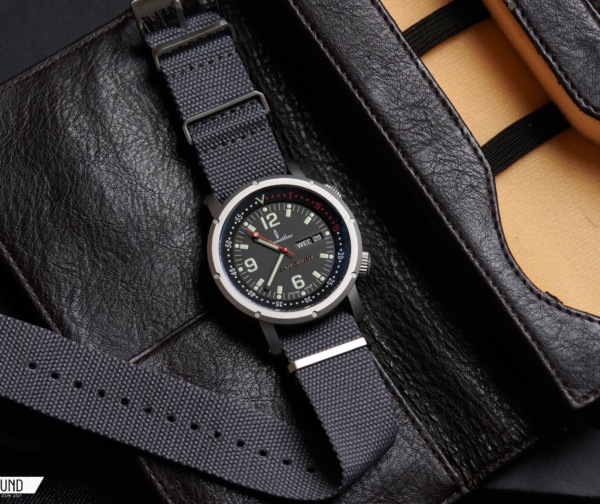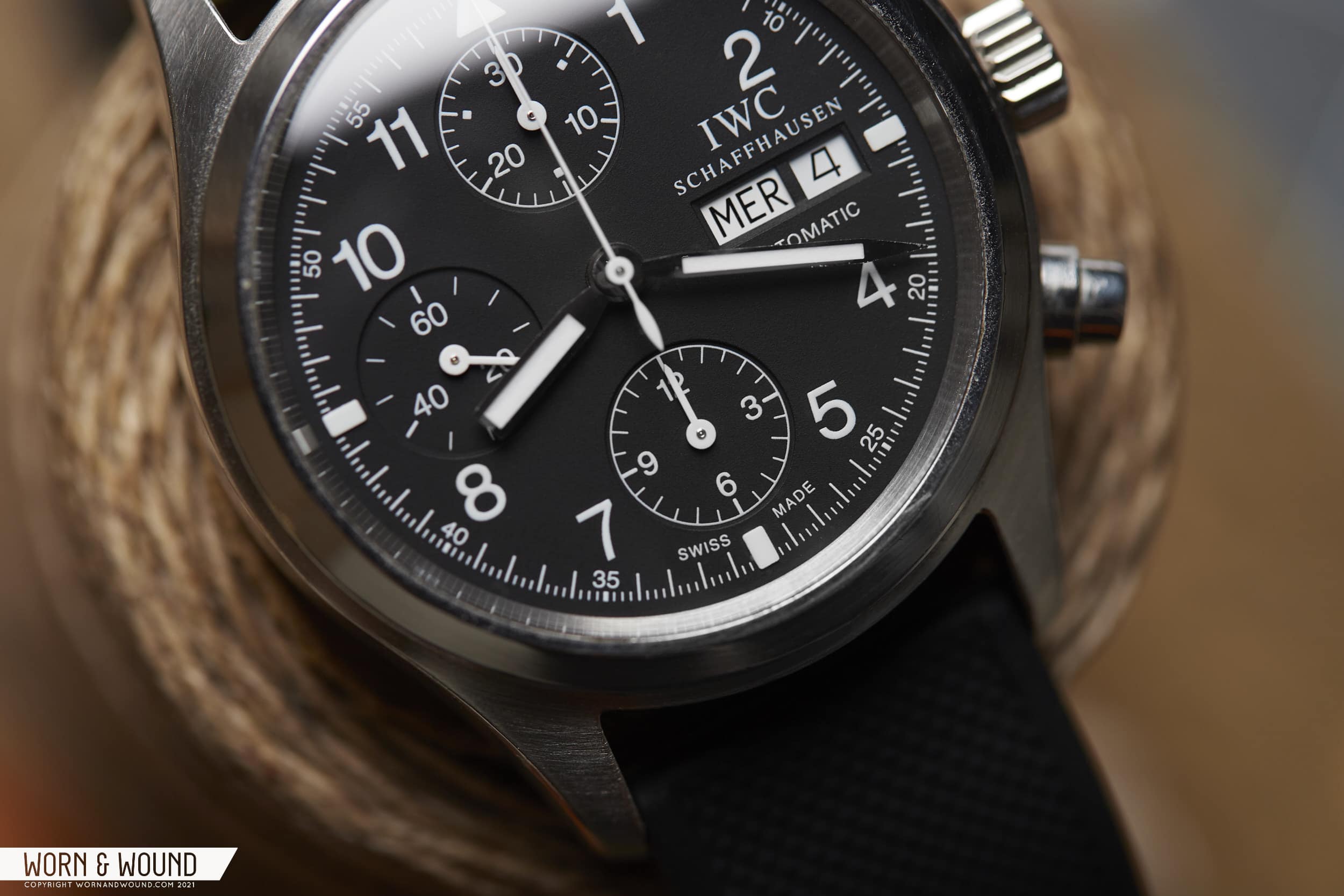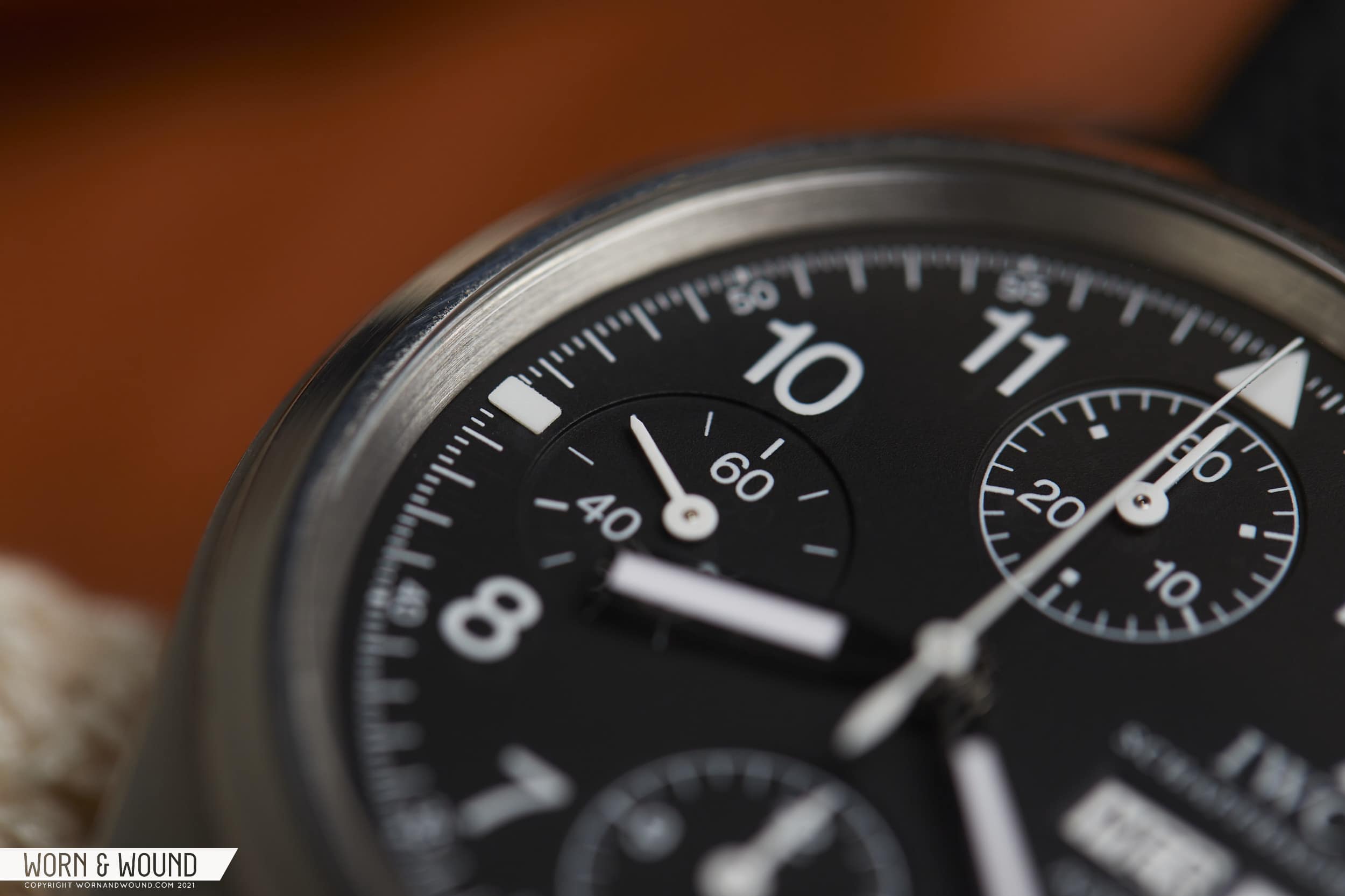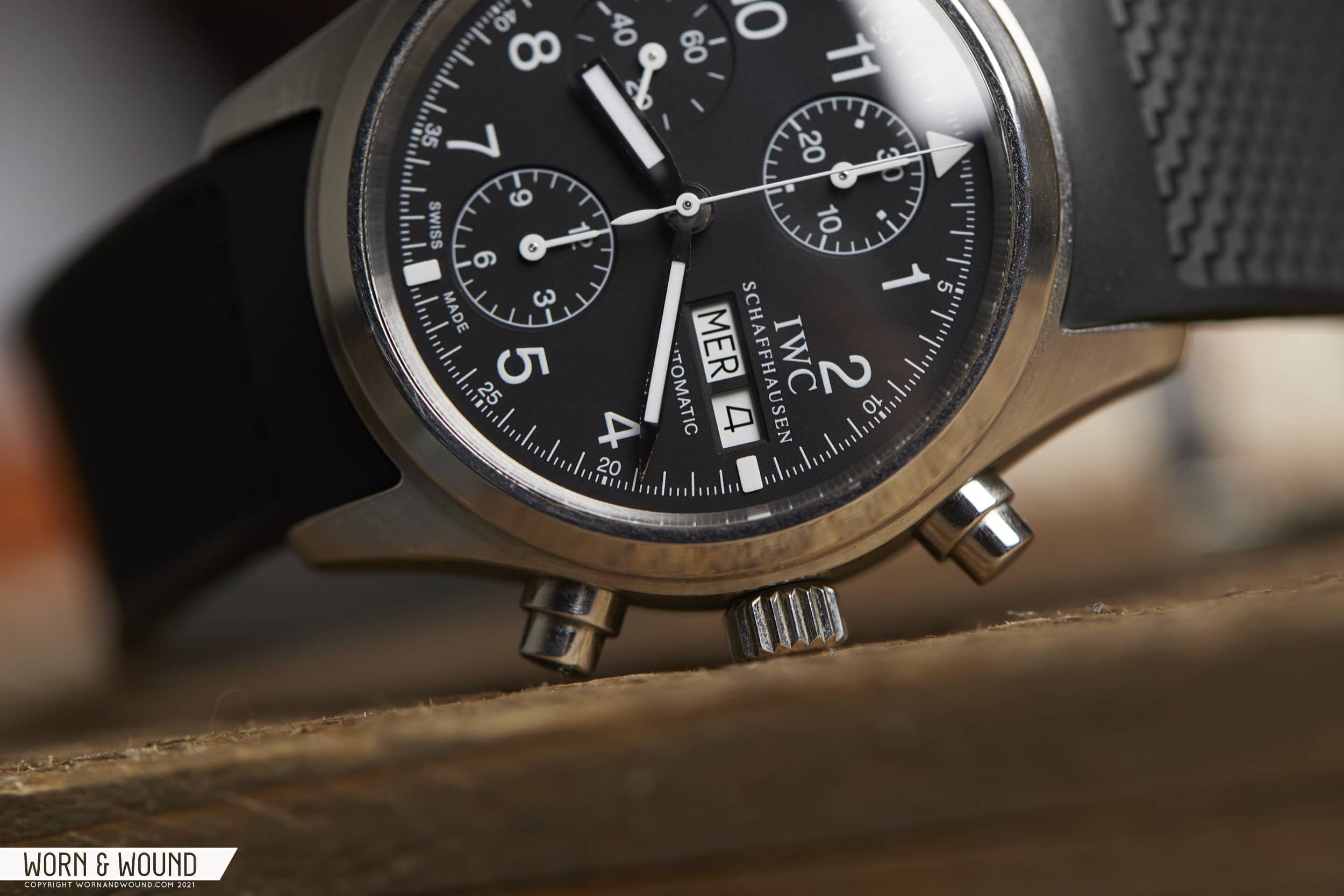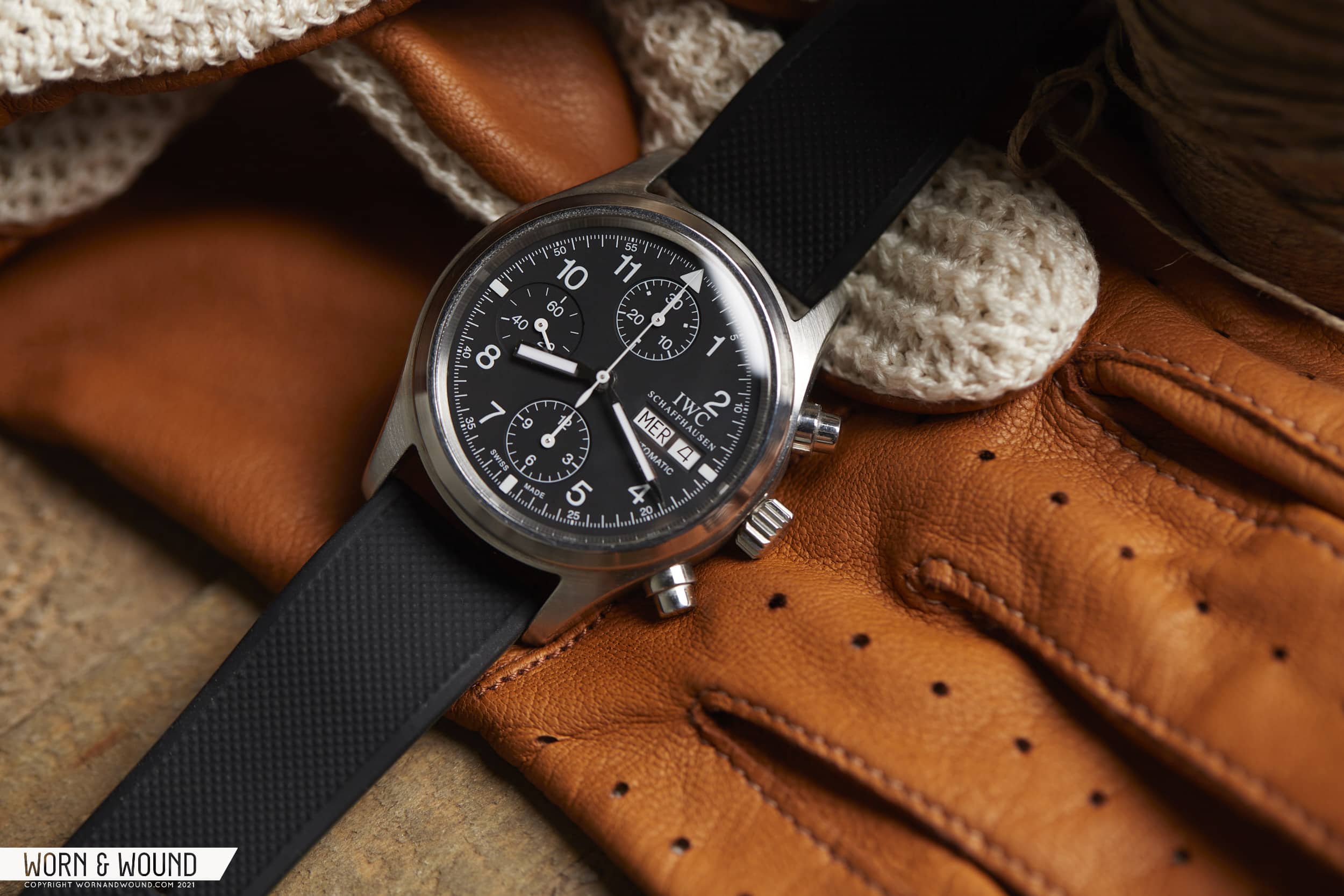It’s instructive to look at how the 7750’s stock has fallen in recent years among enthusiasts, or at least has seemed to, even if watch buyers don’t come right out and say that it’s the 7750 they have a gripe with. One of the most common complaints with newer chronographs is their thickness, which is largely a result of the 7.9mm height of the 7750 (or, more likely in recent years, its virtual clone, the Sellita SW500). As tastes have changed and watch enthusiasts have placed a greater importance on thinner sports watches in recent years, it’s hard to find an example of a sports chronograph outfitted with one of these movements that someone hasn’t deemed “too thick,” and I’ve certainly been among them at times. That, however, is really just a function of the movement being used in the watch, and the reasons for these movements being primarily what’s available to small independent brands is worth another story of its own. Needless to say, there are limitations with a 7750, and in-house chronograph movements that support the thin watches that are now in vogue are rare (and expensive) indeed. In my mind, it speaks to the expertise of a brand like IWC to design around the movement in such a way that the watch, even at its stated thickness, still wears well. It’s another element that sets them apart from many newer brands that don’t have their legs under them quite yet.
In my time with the 3706, I’ve worn it mostly on a simple gray nylon strap, and I have zero complaints in terms of its pure wearability in this extremely casual and sporty guise. I’ve also tried it on a number of leather straps, and like my trusty Omega Speedmaster, another black dialed chronograph with 20mm lugs and an altogether classic and simple profile, it looks good on just about everything. A particular favorite combination was the Hoyt strap (available in the WindUp Watch Shop) in green. Mine is quite worn-in from an autumn spent pulling almost daily duty on the aforementioned Speedmaster, and has developed a nice patina that I think matches the pilot’s watch aesthetic of this watch nicely. When these watches were in production and sold at authorized dealers, they’d often be mounted to strangely formal black leather straps, which seems to be a mismatch in my eyes. I also found that thinner straps with a relatively low profile work well on this watch, because in spite of the 3706’s thickness on paper, it sits rather flush to the wrist, and a thin strap helps it disappear even a bit more. But again, it was hard to find a combination that didn’t have some elemental appeal.
![]()
If you completely missed IWC in the 90s and early 2000s, looking back on their watches from that era is a real treat, and makes for an interesting study in how brands change and evolve. While it’s too simple to say that IWC lost touch with their tool watch roots in their Pilot’s line in favor of a more luxury focused product at some point along the way, there’s something unpretentious about the 3706 and other IWC sports watches from this time period that is particularly appealing twenty years later, when brands seem intent on constantly attempting to one-up one another. You could say that contemporary IWC pilot’s watches are in dialogue with similar watches from the past, but the 3706 actually is a watch from that same past – maybe one of the last ones. IWC









 Featured Videos
Featured Videos




